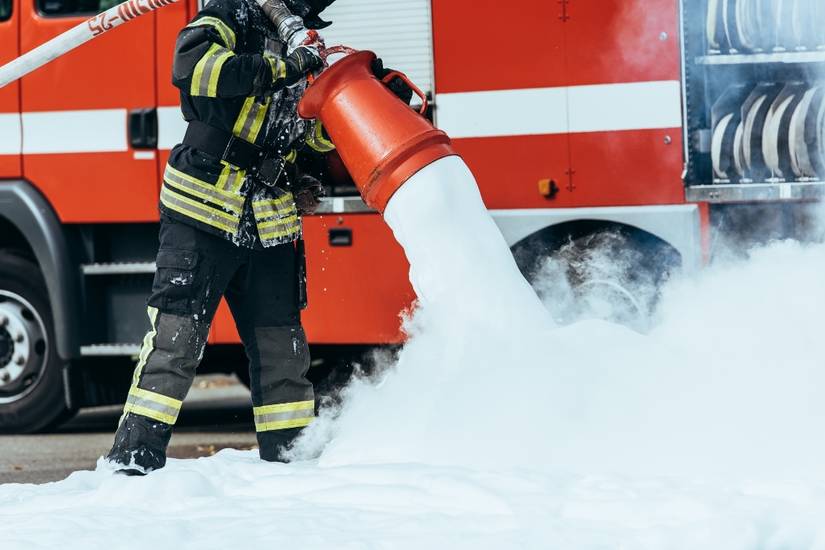Officially designated as AFFF, firefighting foam serves as a strategic barrier, effectively severing the fuel’s access to the vital oxygen it requires for combustion. Complementing this fire-suppressing role are PFAS, chemical entities judiciously employed, and in certain scenarios, persistently utilized to enhance the foam’s smothering efficacy. Regrettably, PFAS, characterized by their non-biodegradability and prolonged residence within the human body, have been implicated in an augmented susceptibility to cancer.
Pertinent health entities, including The Centers for Disease Control and Prevention (CDC), the United States Environmental Protection Agency (EPA), and the American Cancer Society (ACS), have underscored the potential link between select PFAS and an elevated cancer risk among firefighters. The EPA’s classification of PFAS as “emerging contaminants” is indicative of their purported threat to human well-being.
Delving into historical dimensions, manufacturers stand accused of consciously incorporating PFAS into firefighting foam formulations since the 1950s, thereby subjecting individuals in direct contact with these substances to heightened vulnerability to AFFF. Those valiant souls who served as airport or military firefighters emerge as a demographic particularly predisposed to elevated PFAS exposure. A noteworthy historical footnote is the Federal Airport Administration’s (FAA) mandate, in effect until 2018, compelling airports to utilize PFAS-containing foam in adherence to U.S. Navy directives. Consequently, the U.S. Navy and other branches of the military remain ensconced within the ambit of heightened risk.
The Latest Developments
Recent studies and investigations have highlighted the widespread contamination of water sources and environmental ecosystems due to the use of AFFF containing PFAS. Exposure to PFAS has been associated with various adverse health effects, including cancer, reproductive and developmental disorders, immune system dysfunction, and other serious illnesses.
As awareness of the health risks associated with PFAS exposure grows, individuals and communities affected by AFFF contamination are exploring legal options to seek compensation for their injuries and damages.




